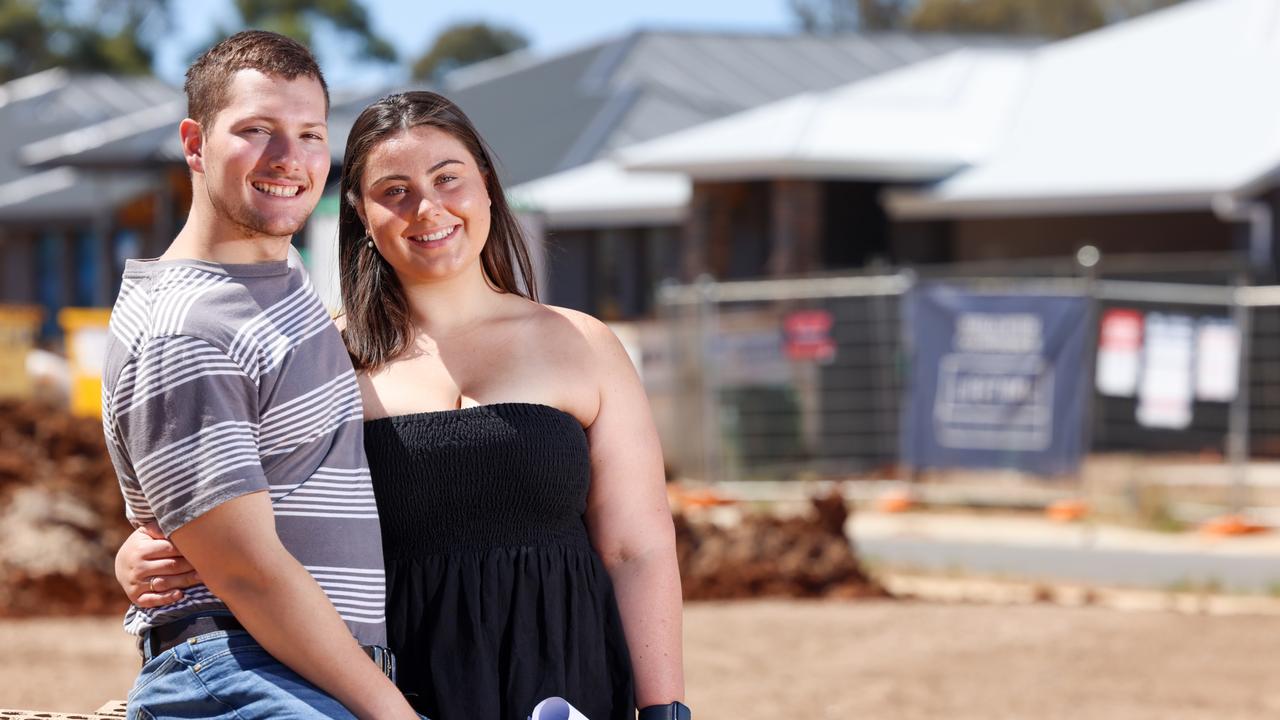Despite booming gas production, have we priced ourselves out of the market?
WHATEVER you think about the impact of gas production in Australia, we are positioning ourselves to be a bigplayer.
WHATEVER you think about the impact of the development of gas production in Australia, we are positioning ourselves to be a major player.
The questions, however, are: have we played our cards right and will we make any money from all the activity?
There are seven Australian-based liquefied natural gas projects commencing over the next five years and, with a combined capacity of 83.2 billion cubic metres (bcm), they will account for about 60 per cent of the 138bcm under construction worldwide.
The table lists the projects.
The current crop of LNG projects under construction represents a combined $188 billion investment. Aggregate revenue from LNG is expected to increase five-fold over the next five years, to at least $60bn per annum.
The Bureau of Resources and Energy Economics believes Australia's LNG production could jump from 20 million tonnes per annum (mtpa) currently to 100-110mtpa by 2020. This compares with Qatar's current capacity of 105mtpa.
Asia realises that Australia and Qatar could each represent 20 per cent of LNG exports by the end of this decade.
Because Australia's gas price is about six times higher (excluding regasification and transport) than US prices, for example, the Asian buyers desperately want greater supply from the US, Canada and Russia, and are encouraging those suppliers to deliver directly.
The Japanese are particularly threatening, pushing for a "Henry Hub" plus liquefaction and transportation cost price formula, as this, even with a good margin, is a significant discount to the price they currently pay.
Long-term contract prices for Australian suppliers may thus be under pressure, especially if China's increasing gas imports do not comfortably usurp the additional North American exports.
Australian LNG projects are now costing close to $US1500 per tonne of capacity, compared with $US200 per tonne in the year 2000 and $US600-$US900 per tonne in the US. For example, the total cost estimate for Gorgon has increased from $US37bn in September 2009 to $US65.6bn this year.
Unless the industry cost structure changes and productivity improves, there are unlikely to be any new offshore "greenfield" LNG projects, except for floating LNG facilities.
As an aside, the Arrow joint venture between Shell and PetroChina, which proposed an 18mtpa facility costing $24bn at Queensland's Curtis Island, is now unlikely to proceed.
These floating LNG facilities are a new technology, and are expected to drive a 35 per cent to 50 per cent life-of-field cost savings. These are to be introduced at Shell's Prelude field and the Petronas 1.2mtpa Kanowit, Malaysian field from 2016-17.
There are no platforms, pipelines, shore-based liquefaction and storage facilities, roads, jetties or dredging requirements. That's fewer jobs for Australians.
The Prelude floating LNG facility is 488m long, 74m wide, weighs 600,000 tonnes fully loaded, will have 2000km of pipework, 220,000km of cabling and cost $12bn. Floated down from Geoje Island in South Korea, the mooring system will allow the barge to hang off four mooring cables anchored via piles to the sea floor. The gas, chilled at -162C, shrinks through the liquefaction process 600 times. Production of 3.6 mtpa is expected for 25 years, and annual revenue could approach $US3bn. But Australia may now have a much smaller hand in it.
It is logical that the Browse field (owners include Woodside, Shell, BHP, BP Mitsubishi and Mitsui), which has five times the reserves of Prelude, will follow suit, taking advantage of the 1.6 billion hours that have gone into the floating LNG design.
While this is likely to aggravate West Australian Premier Colin Barnett, due to the lost opportunities for the local economy, Peter Voser, the chief executive of Royal Dutch Shell, believes that there will be dozens of floating LNG vessels operating in coming decades.
According to the CSIRO, Australia has 140 trillion cubic feet (tcf) of stranded gas. To put that into perspective, the Prelude and Browse reserves are 3tcf and 15.9tcf respectively.
The likes of Chevron are reported to be sick of paying welders at the Gorgon LNG project salaries of circa $400,000 per annum for working two weeks on and one week off. As the floating LNG technology expands its footprint, the Australian resource service companies will effectively be bypassed in favour of companies such as Samsung Heavy Machinery and their sub-contractors.
The Australian government, however, could still do well from the additional tax revenue it will receive from Australia's vastly expanding LNG production.
Roger Montgomery is the founder of Montgomery Investment Management.



